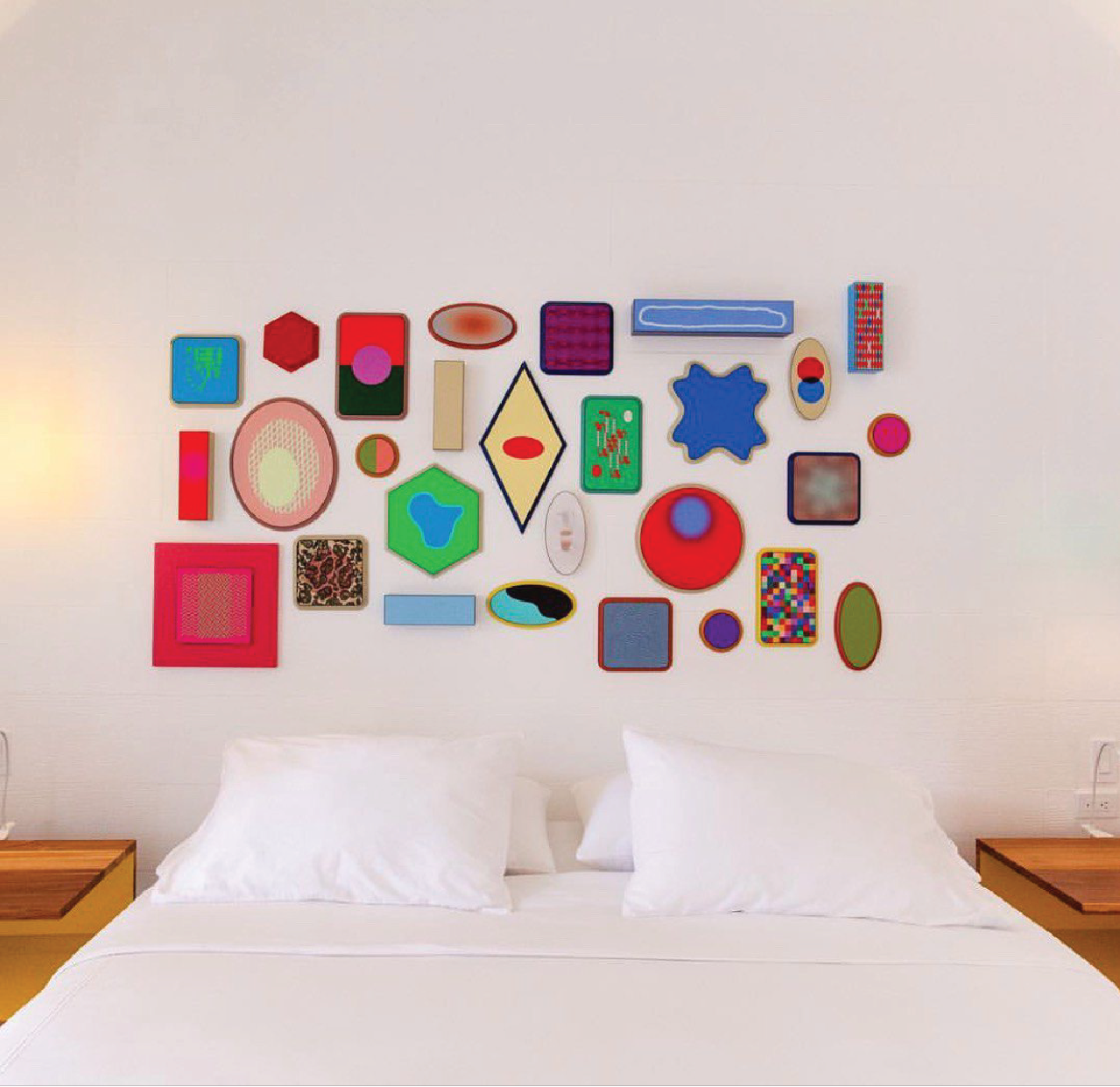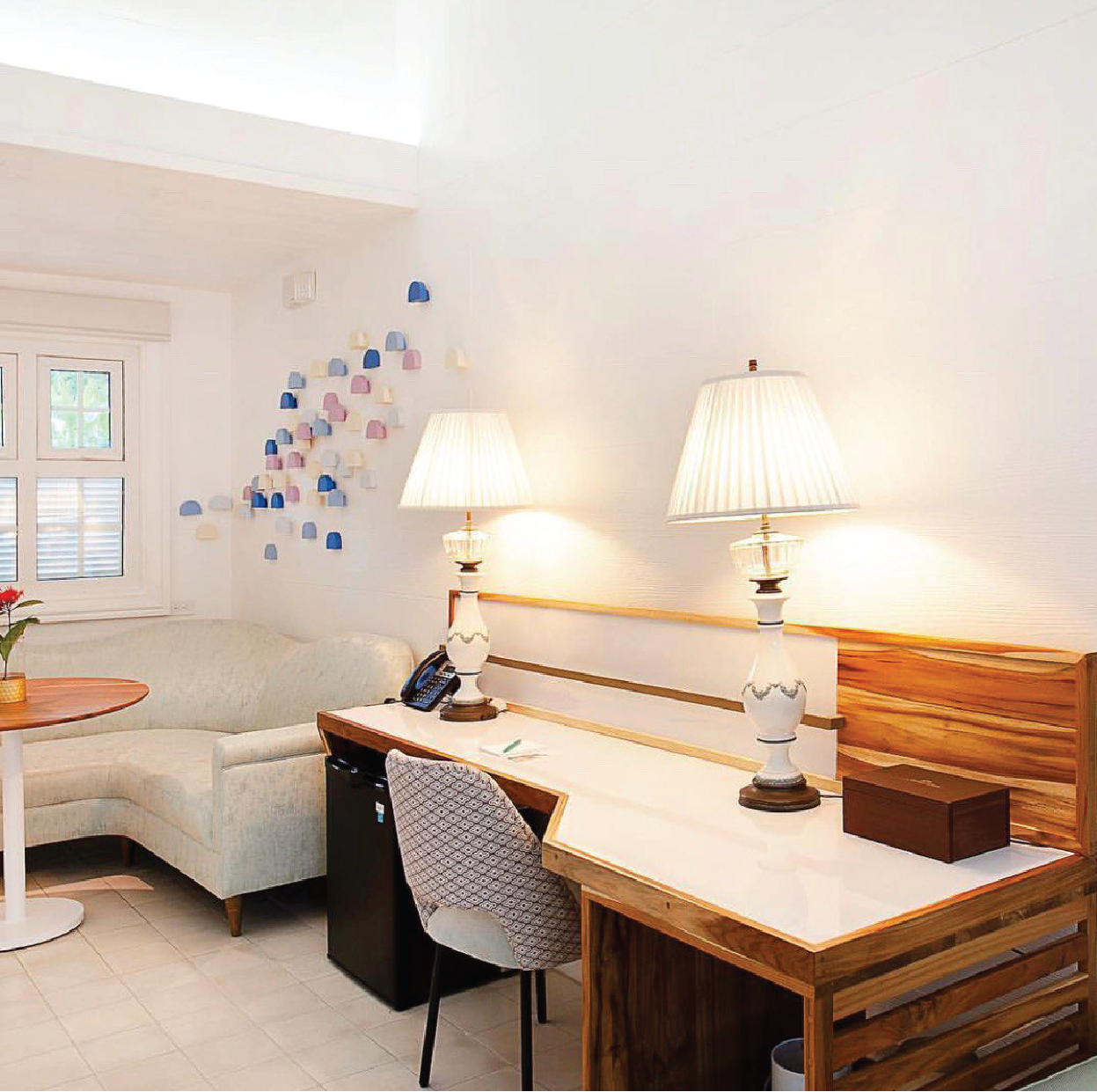PAVLOVA SWEETS
Six themed rooms that emerge as an integral part to the Hotel and provide a contemporary, independent, more accesible and distinctive experience to Hotel guests.
The concept and Creative Direction of the project were designed by Elena Rohrmoser.

The name PAVLOVA SWEETS, translated into Spanish as DULCES PAVLOVAS, refers to the dessert dedicated to the Russian ballet dancer Anna Pavlova (1881-1931), - who danced a season at the National Theater of Costa Rica on March 24, 1917 -, and it gives us a clue to enter a world of double meanings, of wordplay and fun, but at the same time, the possibility of associating the Room Names with the different stories that have been part of the islands and continental territories of the Caribbean.
The conception of the PAVLOVAS and the individual design of each room was designed to provide a distinguished experience based on different atmospheres that are inspired by cinematographic, artistic and historical evocations.
All of them are linked in some way to the history of the Caribbean, and assume a contemporary stance that recognizes the cultural hybrid as a result of past European and American colonization.
Elena made a preliminary selection looking for artists who were working with themes related to the tropics and modernity, or on compatible themes that could also dialogue from a complementary aesthetic and conceptual approach.
All of them are linked in some way to the history of the Caribbean, and assume a contemporary stance that recognizes the cultural hybrid as a result of past European and American colonization.
Elena made a preliminary selection looking for artists who were working with themes related to the tropics and modernity, or on compatible themes that could also dialogue from a complementary aesthetic and conceptual approach.


The Photographic Series “Trópicos del Nuevo Mundo”
by Costa Rican Photographer, and Elena’s oldest friend, Matías Sauter,
is found in the Pavlova Sweets
“Motivated by the images of my childhood memories, sensations of the environment and my own questions about this region and its history, I decided to represent nature as I see it, far from the image of exotic and paradisiacal tropicality.”


There are also pieces by the artist Paz Ulloa in each room;
which were commissioned to evoke different eras, optical landscapes and furniture.
The artist's intention is to provoke curiosity and generate questions about the sensory possibilities offered by the corners of each room.
Among the pieces we find bed backs, nightstands, wall installations, etc.
